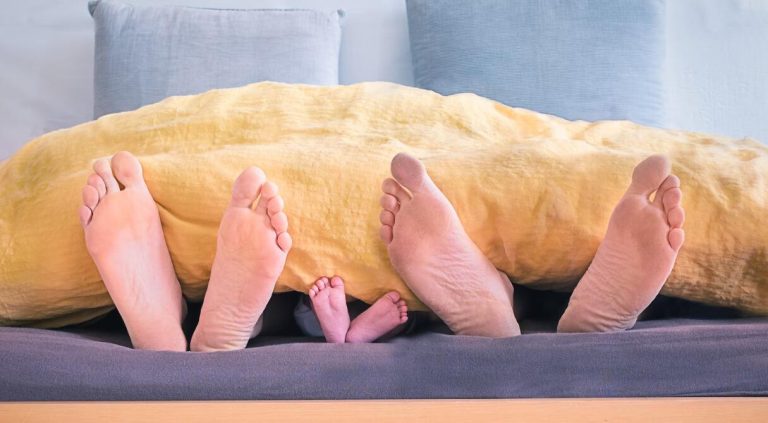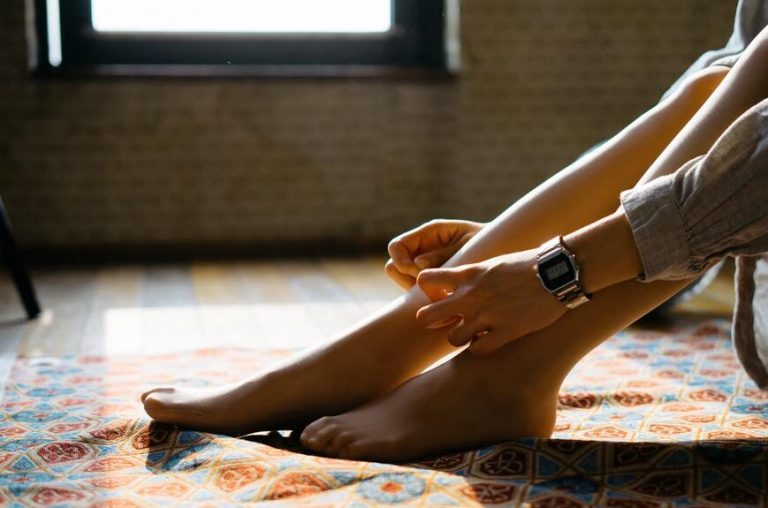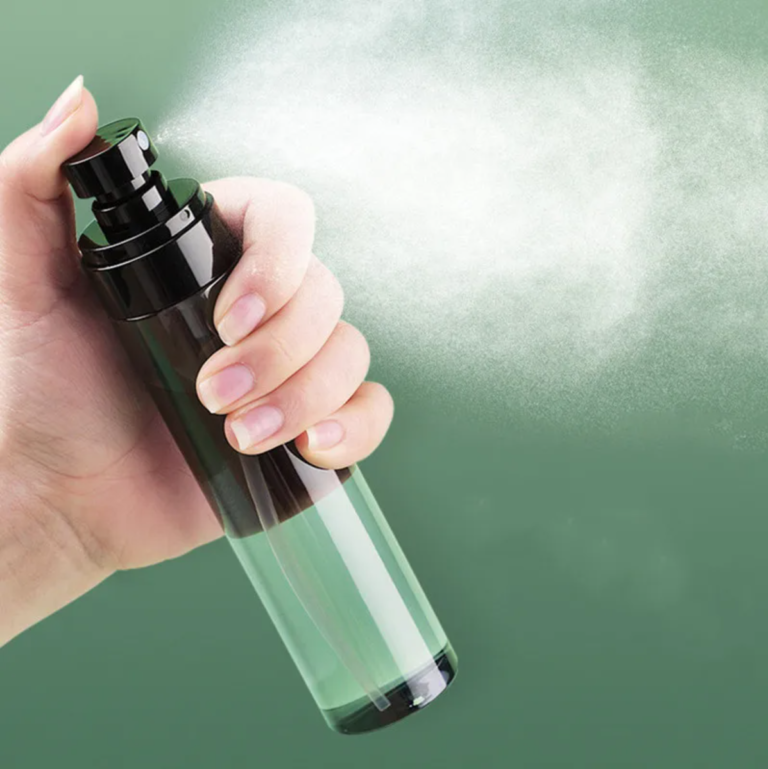Cushion Your Step: The Ultimate Guide to Insoles Australia
Introduction to Insoles Australia
Insoles are shoe inserts that provide additional cushioning, support, or comfort for your feet. They can help with a variety of foot conditions and issues like plantar fasciitis, pronation, low arches, heel pain, and more. Insoles have become more popular in Australia. More people there have foot problems. They look for solutions to help them stay active and pain-free.
The insole market in Australia has seen steady growth over the past decade. Key factors driving this growth include:
– Rising awareness of foot health and comfort. People are more cognizant of foot pain and problems and are actively seeking solutions like insoles. This is being driven by education efforts and increased discussion in media about orthopedic issues.
– Growth of the footwear industry. As more people invest in athletic shoes and comfort footwear, they also consider insoles as an additional way to maximize comfort and support. The footwear and insoles markets have grown hand-in-hand.
– Demographic factors. Australia’s aging population experiences more joint and foot issues, increasing demand for insoles. Rise of chronic diseases like diabetes is also fueling the need for therapeutic insoles.
– New materials and technology. Innovation in materials like gel, foam, and plastics allow for more customized and flexible insoles suited to each individual’s needs. 3D printing and scanning have also enabled more precise fitting.
The insole market is fragmented in Australia. It includes both large, global brands like Dr. Scholl’s and Superfeet. It also includes smaller, local companies. As technology continues advancing and foot problems persist, insoles are poised for strong continued growth as a solution for foot pain and an integral part of overall foot health.
Types of Insoles Available in Australia
In Australia, there are two main types of insoles available – custom-made insoles and prefabricated insoles.
Custom-made insoles are specially designed for your individual feet. They are crafted by a podiatrist or orthotist to match the exact contours and shape of your feet. Custom insoles are made from advanced materials like silicone, foam, or cork. They can help provide support, cushioning, and relief for foot conditions. The main advantage of custom insoles is that they are tailored specifically for your feet and needs. However, they are more expensive than prefabricated versions.
Prefabricated insoles are mass-produced in standard shapes and sizes. They are not customized but come in a range of designs for different purposes, such as arch support, sport, orthopedic, or diabetes. Prefabricated insoles are usually made from materials like foam, gel, plastic, or leather. Key benefits are that they are affordable and readily available. The downside is they may not fit your feet perfectly or address specific foot issues as well as custom-made insoles.

When choosing between custom and prefabricated insoles in Australia, consider your budget. Also, consider the fit needed, foot condition, and usage. Custom insoles provide the best fit and support but come at a higher price. Prefabricated versions are more affordable yet offer less customization. Discussing your needs with a podiatrist can help determine the best insole solution for you.
Arch Support Insoles
Arch support insoles are designed to provide stability and support for the arch area of your foot. They can be helpful for people with conditions like plantar fasciitis, flat feet or high arches that need additional arch support when walking or standing.
The arch is an important structure that helps absorb shock and distribute weight evenly across the foot. However, if you have high arches or flat feet, this area is prone to strain and injury. Arch support insoles help by supporting the arch and reducing excess pronation or supination that can lead to foot pain.
Insoles with arch support have a contoured shape to match the arch and are made from firm materials like rigid plastic, graphite or carbon fiber. This provides structure to prevent the arch from collapsing or flattening out. They also have cushioning in the heel and forefoot to absorb impact.

Wearing arch support insoles can provide several benefits:
– Reduces pain from plantar fasciitis and arch pain
– Provides stability and support for flat feet
– Helps maintain proper alignment and reduces stress on feet
– Absorbs shock and impact for high arches
– Prevents overpronation or supination
– Relieves pain in the knees, hips, back and ankles
Arch support insoles are ideal for anyone who is on their feet frequently like athletes, workers or those with foot conditions. They can provide comfort and prevent injury when used in athletic shoes, work boots or casual shoes. It’s important to select an appropriate arch height and material based on your individual arch type and needs. Consulting a podiatrist can help determine the right arch support insole for your feet.
Sport Insoles
Sport insoles are designed to enhance athletic performance and provide proper foot alignment for athletes. They are made of materials that absorb shock and impact, helping to prevent injuries.
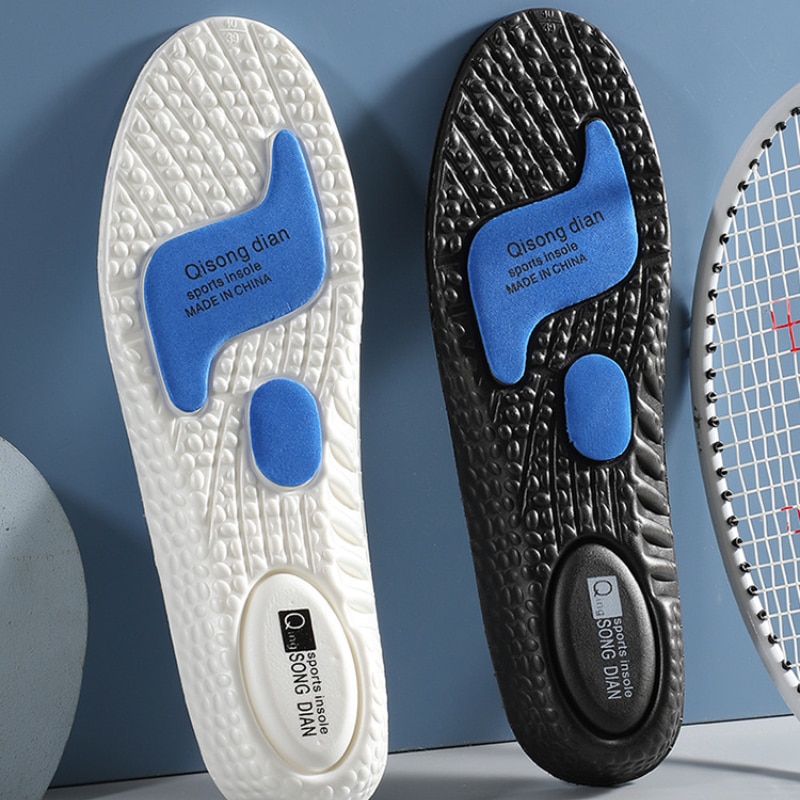
The materials used in sport insoles vary, but commonly include:
– EVA (ethyl vinyl acetate) foam – This soft, durable foam conforms to the shape of the foot and absorbs shock during movement. It is lightweight and resilient.
– Polyurethane – This is a durable, shock-absorbing material often used in the midsole section. It provides energy return and cushioning.
– Gel – Gel pads or inserts provide excellent shock absorption and cushioning for high impact activities. Gel reduces pressure on the foot.
– Cork – Derived from the bark of the cork oak tree, cork naturally conforms to the foot shape and absorbs shock. It is antimicrobial and moisture-wicking.
– Graphite – Graphite carbon fiber plates or inserts increase motion control, torsional rigidity, and energy return in sport insoles. The lightweight graphite compensates for pronation.
Sport insoles may also have moisture-wicking top fabrics to keep feet dry. Some feature perforations for breathability during intense athletic activity.
The insoles are designed to control overpronation and provide stability by using firmer materials on the medial side. Pronation control improves alignment and weight distribution across the foot when running or moving laterally.
Sport insoles absorb shock. They also stabilize the foot and improve alignment. They make athletes perform better and reduce risk of common injuries like shin splints, knee pain, arch pain, and plantar fasciitis. They provide customized support based on the unique needs of each sport.
Orthopedic Insoles
Podiatrists, physiotherapists, chiropractors, and orthopedic specialists prescribe orthopedic insoles. They use them to treat and prevent many foot, ankle, knee, hip, and back problems. They are designed to realign the feet, ankles, knees, hips, pelvis, and spine by redistributing weight and providing targeted support.
Orthopedic conditions that may benefit from prescription orthopedic insoles include:

– Plantar fasciitis – Heel spurs
– Achilles tendonitis
– Shin splints
– Knee pain
– Hip pain
– Lower back pain
Some key features of orthopedic insoles include:
– Custom molding to match the exact contours of the feet
– Targeted cushioning and support for high pressure areas
– Arch support to improve foot alignment
– Metatarsal support to relieve pain in the ball of the foot
– Heel cups to stabilize the heel
– Wedges orposting to adjust pronation or supination
Orthopedic insoles work by moving weight away from painful areas. They provide cushioning and shock absorption. They also help to correct overpronation or supination that can cause improper alignment of the feet, ankles, knees, hips, and back. By improving alignment, they relieve abnormal pressure and strain on joints, tendons, and muscles.
Orthopedic insoles should only be prescribed and fitted by qualified specialists. An assessment will find the needed changes and materials. They will be specific to each person’s condition. Regular follow up appointments help ensure optimal realignment and pain relief is achieved.
Diabetic Insoles
Diabetic insoles are specially designed for people living with diabetes. They play an important role in helping prevent foot complications that are common with diabetes.
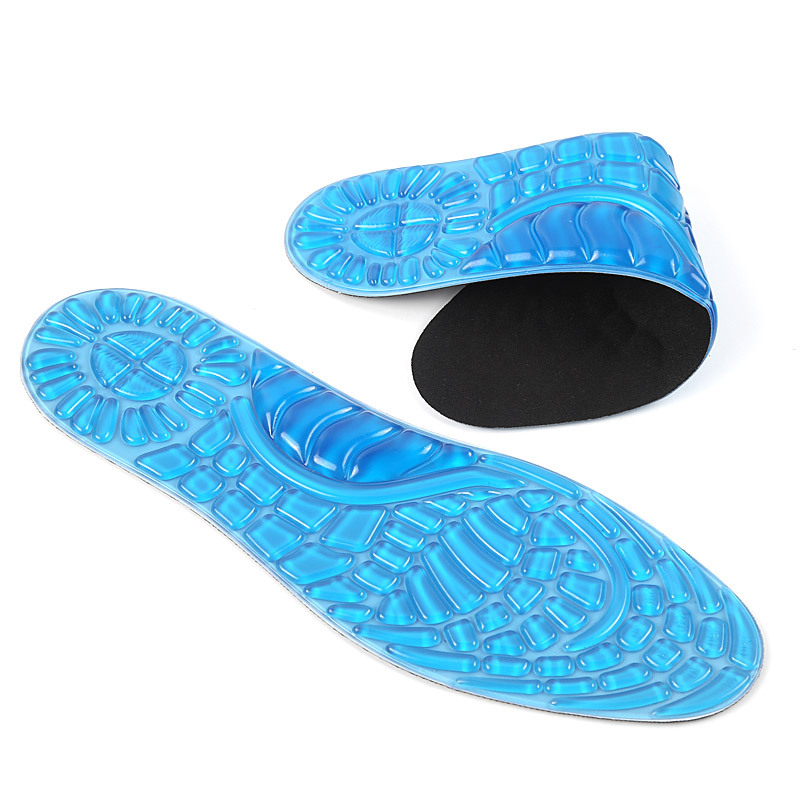
When you have diabetes, you can experience nerve damage (neuropathy) and poor circulation in your feet. This puts you at risk for foot ulcers, infections, and even amputations. Diabetic insoles can help in the following ways:
– Cushioning – Diabetic insoles cushion your feet and reduce pressure in areas prone to ulcers, like the balls of the feet, heels, and toes. This protective padding helps prevent calluses and sores from forming.
– Redistribution of pressure – The insoles redistribute weight evenly across the soles, minimizing pressure points. This reduces rubbing that can lead to blisters or open sores.
– Shock absorption – Insoles absorb shock and impact that occurs with every step you take. This minimizes further trauma to feet and joints.
– Shear reduction – The smooth surface of the insoles reduces friction against the footbed of the shoe. This decreases shear forces, which also helps avoid skin injuries.
– Moisture management – Many diabetic insoles wick moisture away from the feet to keep them dry. This provides a healthier environment less prone to bacteria and fungal infections.
– Improved circulation – Some insoles have massaging nubs or supportive arches that promote blood flow in the feet and lower legs. Better circulation is key for wound healing.
Diabetic insoles have cushioning and relieve pressure. They help prevent ulcers, infections, and other problems. These issues can lead to amputation. For those with diabetes, insoles are an important tool to help safeguard foot health.
Heat Moldable Insoles
Heat moldable insoles are a unique type of insole that can be customized to your exact foot shape for superior comfort and support. The key feature that sets these insoles apart is that they can be warmed up and then molded to match the contours of your foot.
Many heat moldable insoles use memory foam or similar materials that soften when heated. The warmth allows the foam to become pliable so it can be gently shaped around your foot. As the foam cools and hardens again, it will retain the new shape.
This custom molding allows the insole to provide targeted arch support, cushioning, and pressure relief in the exact areas you need it most. The close fit also helps prevent sliding around or movement inside your shoe.
Heat moldable insoles are popular for certain sports like skiing or snowboarding where a tighter fit can translate to better control. The ability to reshape the insoles each season or as your feet change also adds value.
Many podiatrists recommend heat moldable insoles for patients requiring prescription orthotics. The insoles can be professionally fitted and customized during the molding process to address individual foot conditions.
For most wearers, the DIY molding can be done safely at home with a little trial and error. Following the product instructions carefully is important. Typically you warm the insoles, insert them in shoes, tie the shoes tightly, stand until cooled, then test the fit and remold if needed.
The materials in heat moldable insoles will eventually compress down from regular use over time. However, the molding process can be repeated multiple times to readjust the shape and restore a perfect fit inside your shoes.
Insole Brands in Australia
Australia has a growing market for insoles, with both local and international brands competing to provide the best comfort and support for feet. Some of the leading insole brands available in Australia include:
– Roamingfeet– Roamingfeet is a renowned brand that offers high-quality insoles designed for different activities and foot conditions. They pride themselves on providing exceptional comfort and support to their customers.
– Sorbtex – A popular Australian brand that offers arch support, sports, and orthotic insoles made from anti-bacterial fabric. Their insoles use contoured cushioning and deep heel cups for stability. Sorbtex has a focus on using materials like merino wool in their insoles for moisture control.
– FootScience – An Australian company that creates customized 3D printed orthotics and insoles based on foot scans. Their insoles are made using advanced CAD/CAM technology. FootScience insoles relieve conditions like pronation and bunions.
– FootBalance – A brand that specializes in high-quality orthotic insoles manufactured in Australia. They use traditional techniques like casting as well as 3D printing. FootBalance focuses on biomechanical alignment and comfort.
– Bauerfeind – A German brand with an innovative range of insoles featuring ViscoFlex memory foam and a structured design to gently guide the feet into the proper walking position. Their insoles help with issues like overpronation.
– SOFTinSOLE – An Australian company that makes prefabricated and custom insoles using soft materials and 3D modeling based on foot scans. They have antimicrobial, patented silicone insoles as well as 3D printed orthotics.
With both local and global brands, Australian customers can find insoles to suit their specific foot care needs and preferences. The market provides traditional, athletic, orthopedic and modern 3D printed insole options.
Buying Guide for Insoles in Australia
When searching for insoles in Australia, you have several options for where to purchase them. Some of the main places to buy insoles include:
– Pharmacies – Many major pharmacy chains like Chemist Warehouse and Priceline stock a range of insole brands and types. This can be a convenient option to browse and buy insoles. Pharmacy staff may also be able to provide basic fitting advice.
– Medical supply stores – Stores specializing in mobility equipment, braces, and supports will have a wide selection of insoles. This is a good place to get expert help choosing an appropriate type of insole for your needs. Staff can watch you walk and analyze your gait to make recommendations.
– Online stores – Shopping online opens up many more insole choices, from major brands to smaller specialty companies. Just be sure to check sizing guides and opt for stores with free shipping and returns. Read customer reviews about sizing and fit.
– Podiatry clinics – Visiting a podiatrist allows you to get custom-made insoles tailored to your feet. While more expensive, custom insoles provide maximum comfort and support. A podiatrist can assess issues like overpronation and make insoles to correct it.
When buying insoles, consider key factors like:
– Your needs – Are you looking for arch support, cushioning, or a specialty insole like diabetic or orthotic? This will guide what type of insole to get.
– Size – Make sure to get the right shoe size. Measure your feet and check sizing charts. Only buy if you can return/exchange if the size is off.
– Material – The insole material affects factors like cushioning and odor control. Common materials are EVA foam, polyurethane, and leather.
– Price – Insole prices range from $10 to $100+ depending on the materials, technology, and whether they are custom-fitted. Expect to pay more for extra comfort and orthopedic support.
With some research into the options, you can find the perfect insoles for your needs and budget in Australia. Getting the right fit and comfort is key, so focus on reputable brands and retailers. Don’t be afraid to try a few pairs to compare. With the wide availability of insoles in Australia, you’ll be able to find a great match.
The Future of Insoles in Australia
The insole industry in Australia is poised for innovation and growth in the coming years. Several key trends are expected to shape the future landscape:
Emerging Materials and Technology
– Advances in materials science and 3D printing technology will enable more personalized and customized insole designs. Companies are trying flexible plastics, advanced polymymers, and even graphenes. They want to make thinner, more responsive insoles.
– Smart insoles that can track biometrics and connect to apps are gaining traction. Companies like Wiivv use 3D scanning and printing to make custom insoles with embedded sensors. This allows the insoles to collect data and provide real-time feedback on posture, balance, and gait.
– The use of sustainable materials like cork, coconut husks, and algae will rise. These natural materials provide support and cushioning while reducing environmental impact.
Growth Predictions
– The global insoles market is predicted to grow at a CAGR of over 5% from 2022 to 2028, reaching a valuation of over $5 billion by 2028 according to Fortune Business Insights. This growth will be driven by increased awareness of foot health and rise of foot-related chronic conditions.
– Australia is well positioned to capitalize on this market expansion. Factors like high levels of sports participation, aging population, and high rates of diabetes will drive further adoption of insoles.
Industry Innovations
– Companies will focus on using technology for customization and personalization. 3D printed insoles, DIY moldable insoles, and home scanning kits will become more common. This allows insoles to be tailored to each individual’s needs.
– More emphasis will be placed on design and user experience. Insoles are now lifestyle products. They have sleek, simple designs. These designs fit into many types of footwear.
– Partnerships between footwear and insole brands could lead to shoes designed specifically to accommodate customized insoles. This synergy can enhance comfort and support.
– Retail models will evolve, with some companies offering subscriptions for regular insole replacements or refurbishments. This ensures optimal cushioning and support over time.
Overall, the insole industry in Australia is headed in an exciting direction. Innovation in materials and technology is paired with rising demand. Companies have a chance to greatly improve foot health. They can do this while meeting consumer needs for customization and convenience.




